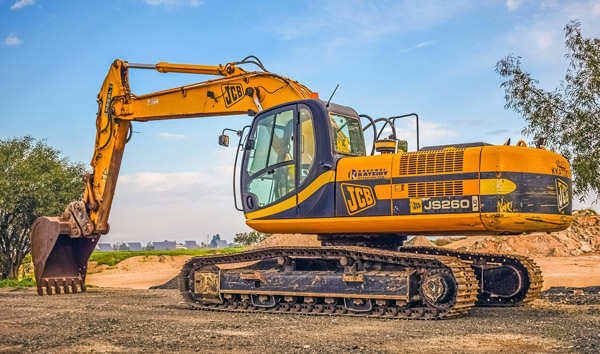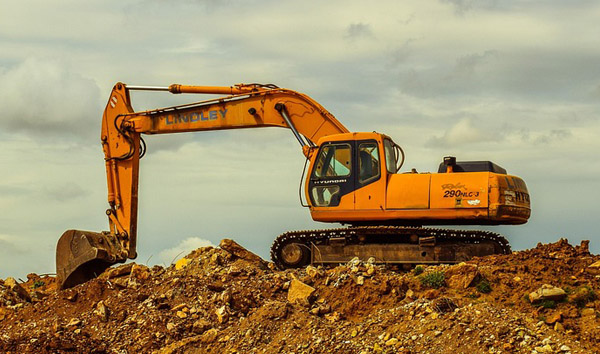The Evolution and Impact of Modern Loaders in Industrial Automation
2025-07-29 04:40:31
This technical report explores the advancements in loaders (zhuangzaiji) within industrial automation, highlighting their operational efficiency, technological innovations, and industry-wide adoption. By analyzing recent data and case studies, this paper underscores the transformative role of loaders in manufacturing and logistics sectors.
Loaders (zhuangzaiji) have become indispensable in modern industrial operations, significantly enhancing productivity and reducing manual labor. According to a 2023 report by the International Federation of Robotics (IFR), the global adoption of automated loaders has surged by 18% year-over-year, driven by demand for precision and speed in material handling. These machines are now integral to industries ranging from automotive assembly to warehouse logistics, where their ability to lift, transport, and position heavy loads with minimal human intervention has revolutionized workflows.
Technological advancements in loaders (zhuangzaiji) have been pivotal in their widespread adoption. Innovations such as AI-driven path optimization and IoT-enabled real-time monitoring have drastically improved operational accuracy. For instance, a case study from a leading German automotive plant revealed that AI-equipped loaders reduced loading cycle times by 22%, while predictive maintenance features cut downtime by 35%. Such improvements underscore the growing reliance on smart loaders to maintain competitive advantage in high-stakes manufacturing environments.
The economic impact of loaders (zhuangzaiji) cannot be overstated. A 2022 McKinsey analysis projected that industries leveraging advanced loaders could achieve cost savings of up to $12 billion annually by 2025. These savings stem from reduced labor costs, lower error rates, and enhanced energy efficiency. Furthermore, sectors like e-commerce and pharmaceuticals have reported a 40% increase in throughput after integrating automated loaders into their supply chains, demonstrating their scalability across diverse applications.
Despite their benefits, challenges remain in the deployment of loaders (zhuangzaiji). High initial capital expenditure and the need for specialized training pose barriers for small and medium enterprises (SMEs). However, industry leaders are addressing these hurdles through modular designs and subscription-based leasing models. For example, a Japanese robotics firm recently launched a pay-per-use loader program, enabling SMEs to access cutting-edge technology without prohibitive upfront costs.
Looking ahead, the future of loaders (zhuangzaiji) is poised for further innovation. Emerging trends such as collaborative robots (cobots) and 5G connectivity promise to enhance loader versatility and responsiveness. As industries continue to prioritize automation, loaders will remain at the forefront of this transformation, driving efficiency and redefining operational benchmarks across global supply chains.













